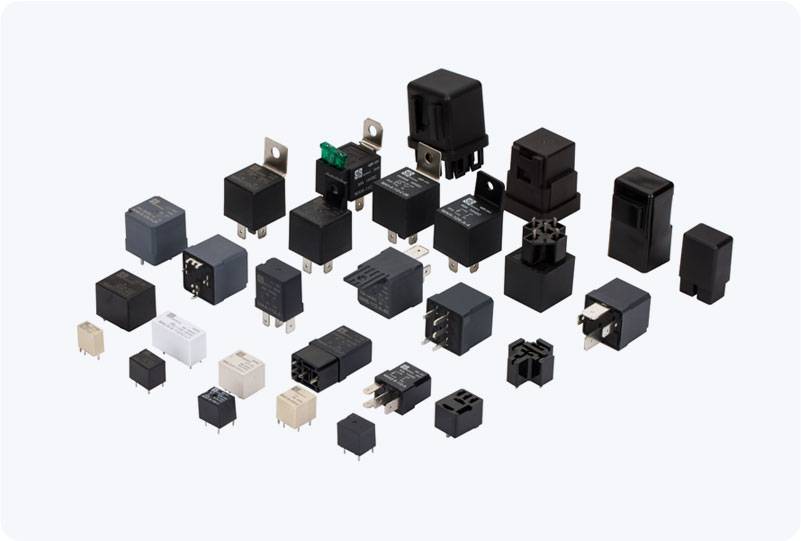Capacitor Precharge Circuit Relay plays a crucial role in various power electronics applications, where capacitors are used to store energy. These applications include electric drives, inverters, and other high-power systems where capacitors are essential for maintaining stable voltage levels. The main function of the Capacitor Precharge Circuit Relay is to prevent large inrush currents during capacitor charging, which could otherwise damage components and lead to system failures. This article explores the importance of capacitor precharging, the components involved, and the significance of the precharge circuit relay.

Understanding the Capacitor Precharge Circuit In many power electronic systems, capacitors are used to store energy and smooth out voltage fluctuations. However, when these capacitors are initially connected to a power source, a significant current spike can occur due to the voltage difference between the uncharged capacitor and the power supply. This surge current can cause damage to both the capacitor and other sensitive components in the system. To avoid this, a capacitor precharge circuit is employed to safely charge the capacitor before full connection to the power source. The precharge circuit uses a series of components, including a resistor and a relay (or a solid-state switch like a MOSFET), to control the charging process. Initially, the capacitor is charged through the resistor at a limited current. As the capacitor voltage approaches the power supply voltage, the relay activates, bypassing the resistor and allowing the capacitor to charge more quickly to its final voltage.